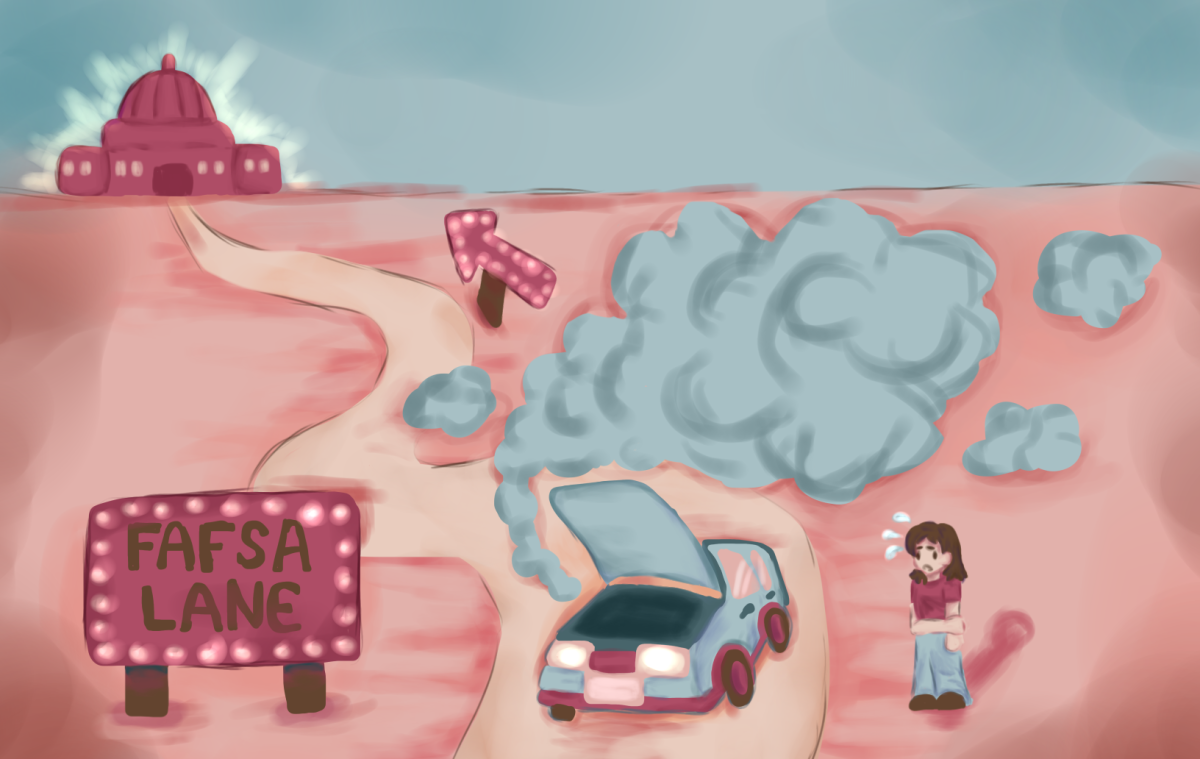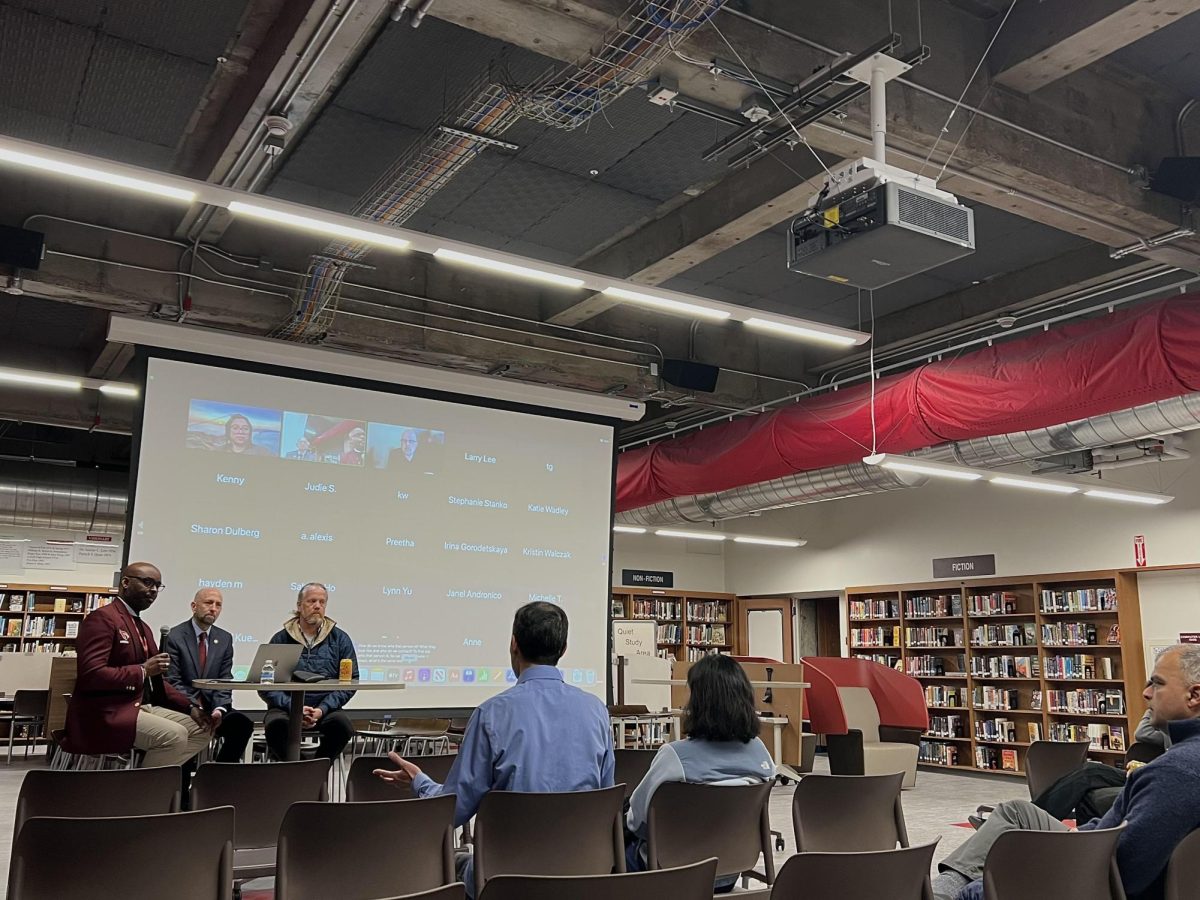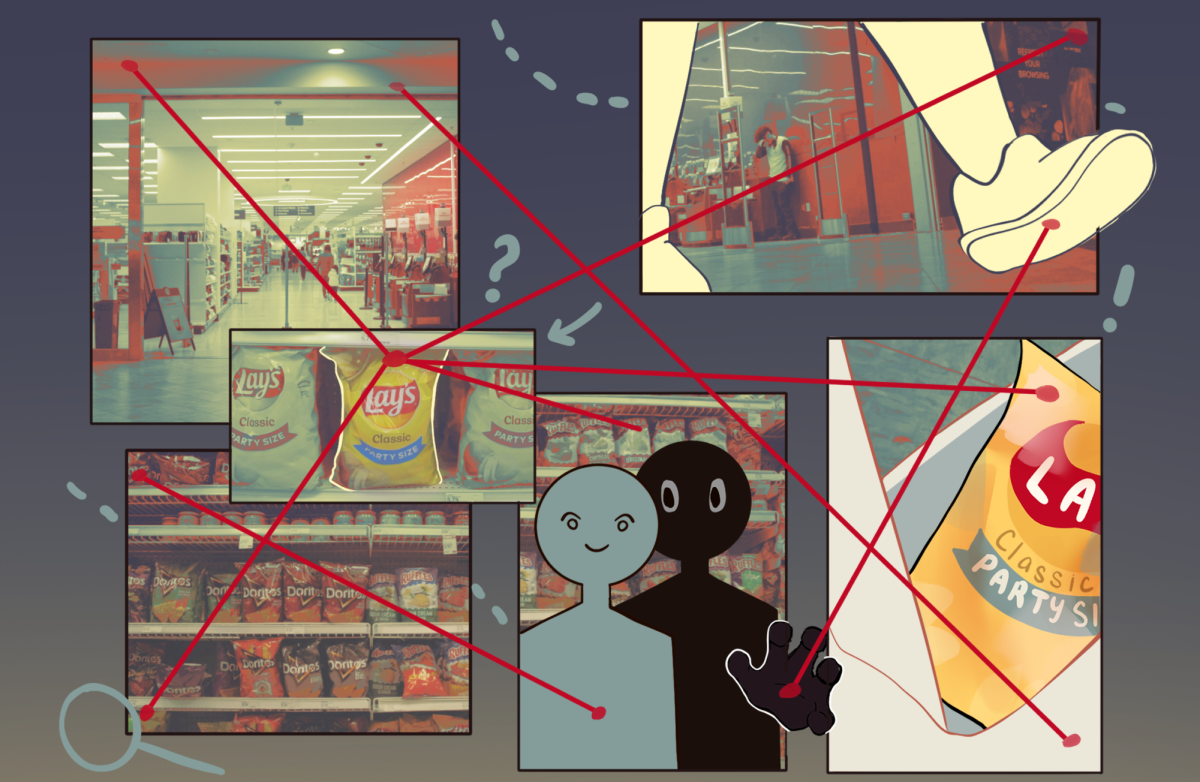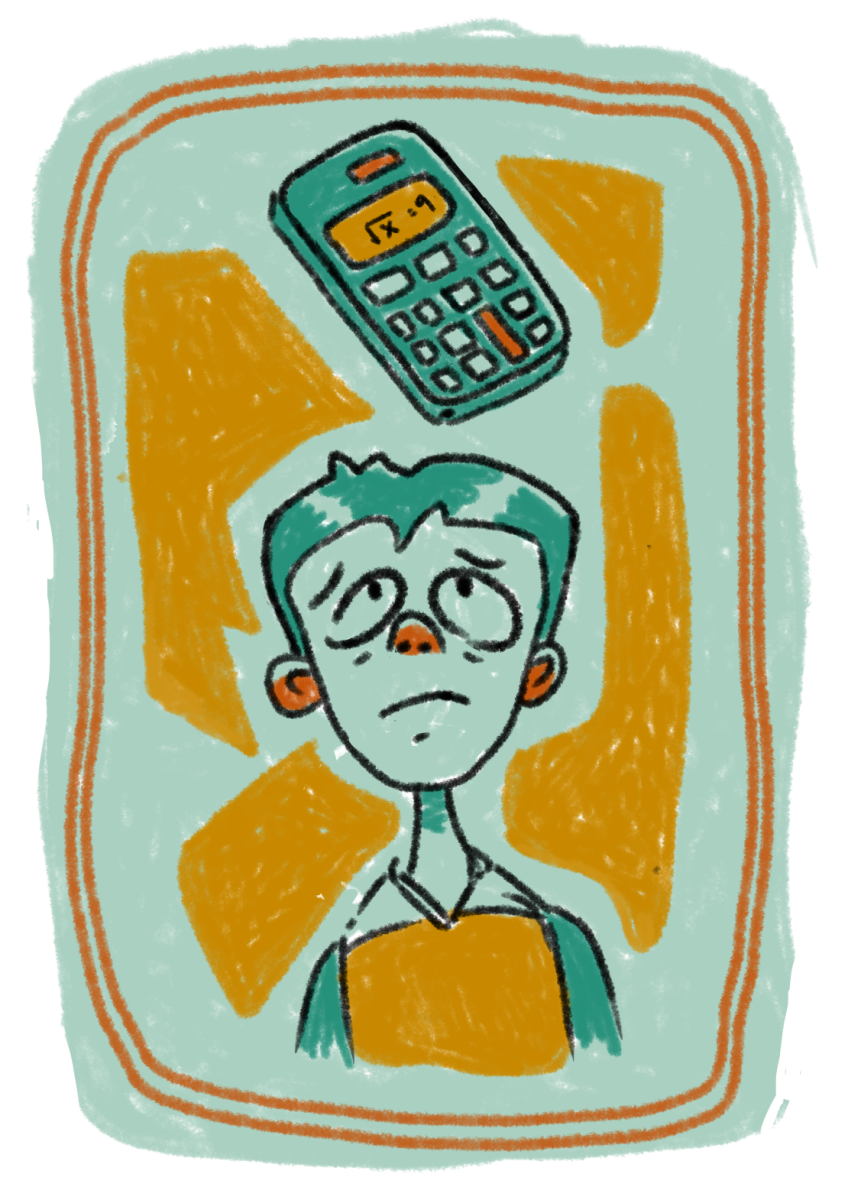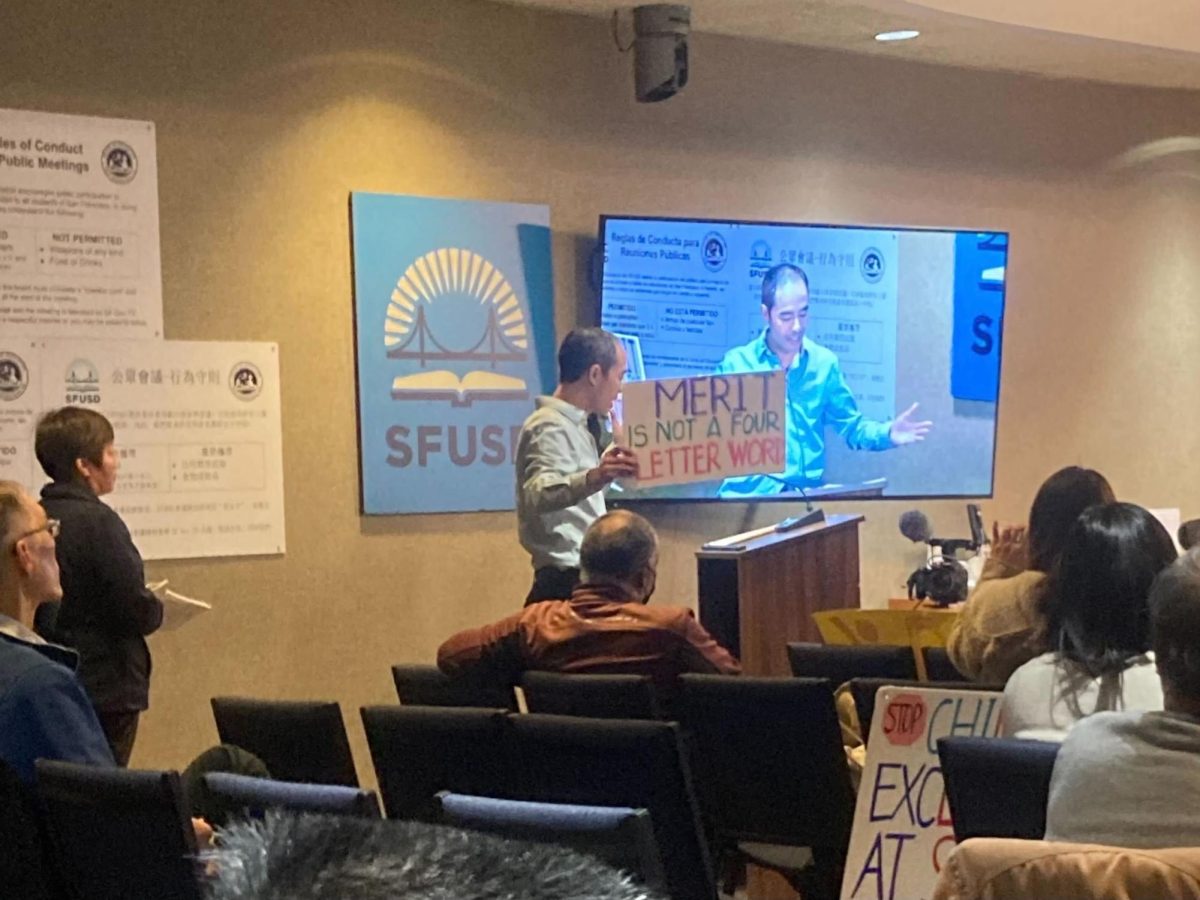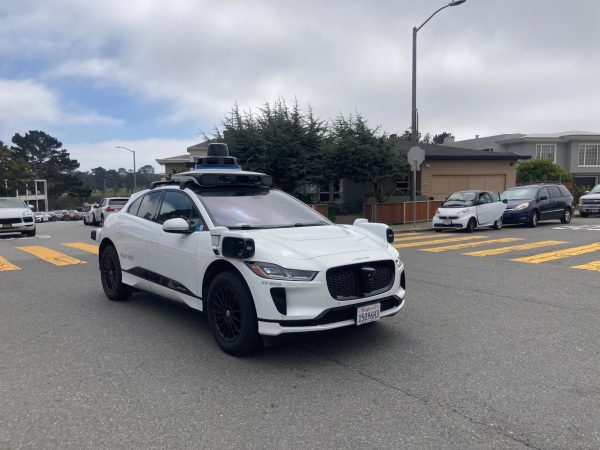
Self-driving cars have become something you can’t go a day without seeing in San Francisco. Waymo, Cruise, Zoox, and others tout exciting new technology and supposed safety benefits, and with recent approvals from the state for Cruise and Waymo to begin charging for services, these cars can be found citywide and around the clock.
But this new technology also poses serious safety and economic concerns. The state can’t allow private corporations to conduct their experiments on our streets and must order a suspension of driverless car operations until safety improvements and improved regulatory frameworks are in place, as well as ensure plans are in place to keep current taxi and rideshare drivers economically supported.
Despite claims that their cars are safer than human drivers, there have been several recent Autonomous Vehicle (AV) failures that call these claims into question. According to a report by the San Francisco Fire Department about an August 14th incident, several Cruise vehicles froze, potentially obstructing an ambulance carrying a patient who ultimately died. As a result of this failure, the California Department of Motor Vehicles ordered Cruise to halve the size of their fleet temporarily.
This is not an isolated incident, however. City data shows a sharp uptick in AV Incidents beginning in March 2023. These records include a June Incident where a Waymo Car ran over and killed a dog; the company apologized but denied blame for the incident.
Many correctly argue that driverless cars are largely safer than human drivers because, unlike humans, AVs don’t get distracted, they can’t be under the influence and they can’t forget traffic laws. This is good and highlights the future potential for AVs, but also highlights the severity of current issues. Every action an AV makes is what its software tells it to be the correct action. This means there’s no excuse for their mistakes we may tolerate from human drivers – they aren’t mistakes, they are decisions that have been made in software logic that simply isn’t correct. Things as simple as AVs double parking to drop off or pick up passengers aren’t minor inconveniences, it sets a precedent that corporations can program their computers to willfully violate the law, and seemingly face no consequences.
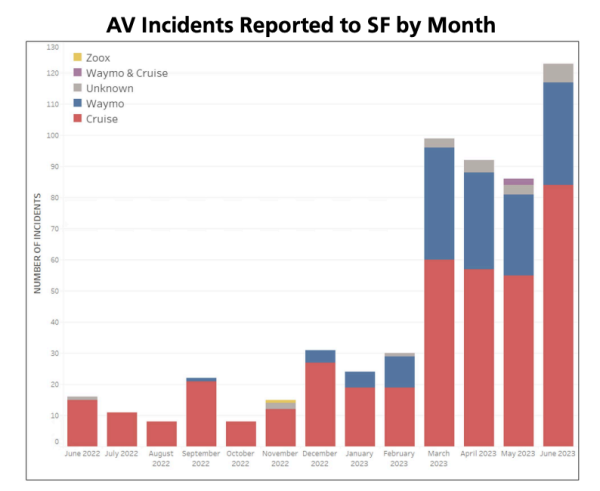
What I find more disturbing is nobody is held accountable for the errors made by AVs. A San Francisco Police Department memo obtained by the San Francisco Standard stated, “No citation for a moving violation can be issued if the AV is being operated in a driverless mode.” This means there is often no mechanism for accountability when AVs violate the California Vehicle Code.
Additional examples demonstrate further flaws with AVs. A Cruise Car rear-ended a Muni bus and, during Outside Lands, dozens of Cruise cars stalled in North Beach after losing connection to an overstretched cellular network, creating traffic congestion and raising concerns about the vulnerability of the networks AVs rely on. Even the city’s own Autonomous Vehicle Pilot, the Treasure Island Loop, was pulled from service just a few weeks after launch after it was involved in a collision.
Besides safety concerns, the expansion of autonomous vehicles brings many of the same economic challenges brought by rideshare services like Uber and Lyft. Automation further threatens the livelihood of taxi drivers who have already endured major losses due to Uber and Lyft. And now Uber and Lyft drivers may face the same fate. The city can’t afford this.
We can also expect an increase in traffic congestion, as has been seen in Uber and Lyft’s expansions into San Francisco. Studies have also shown that, in addition to increasing congestion, rideshare services like Uber or Lyft and those being offered by AV companies can also reduce public transportation use in urban areas like San Francisco. These transit systems are already struggling to regain ridership following the pandemic and more competition only furthers class divides where the rich can hail a robo taxi and those less fortunate are left at the curb due to public transit service cuts.
Autonomous vehicles simply are not ready to roam free on our streets. Their safety record is less than acceptable and they take away jobs, all while increasing traffic congestion and emissions. These cars aren’t ready for prime time and should be banned from our streets until appropriate regulations are in place and the technology is reliably safe.


